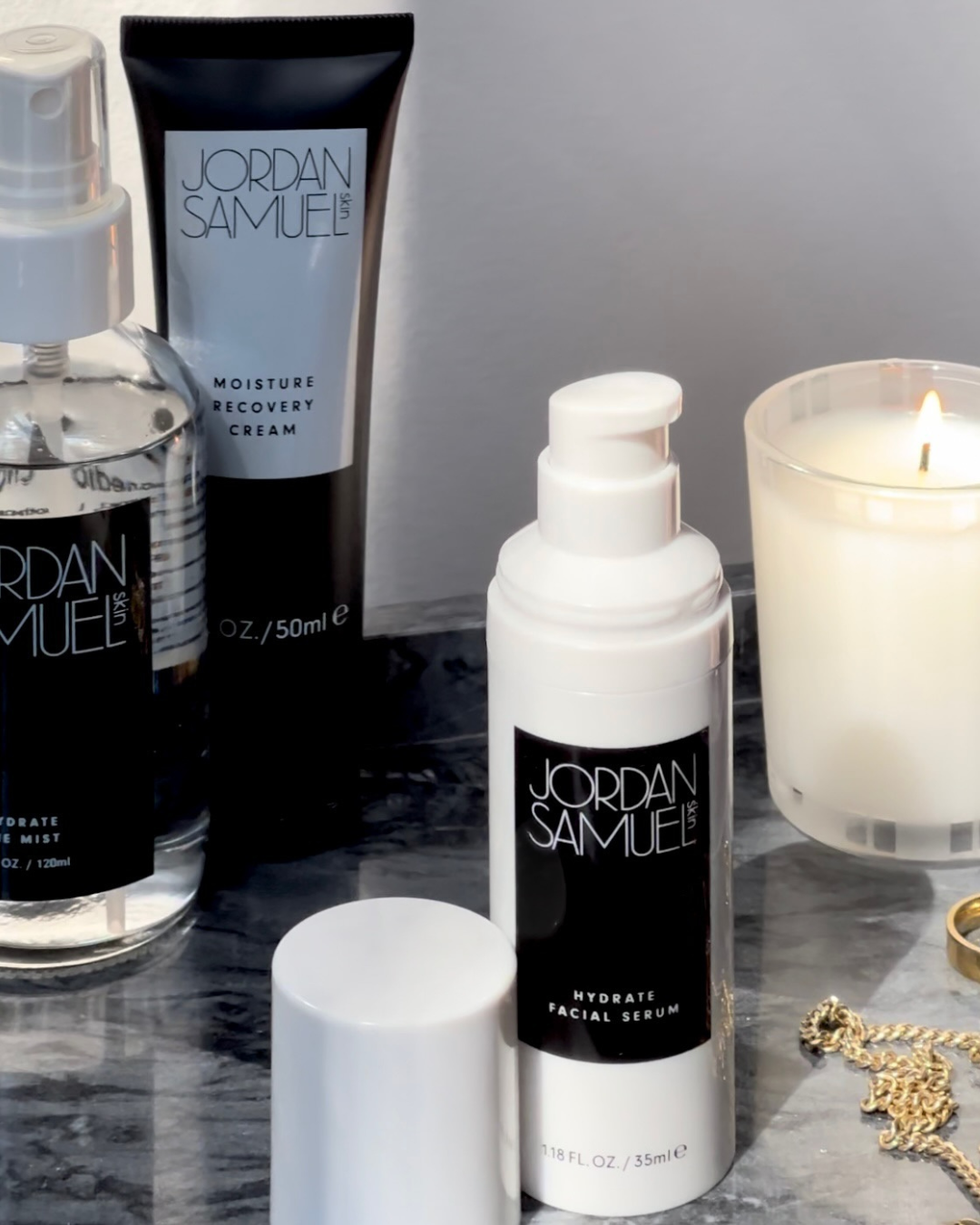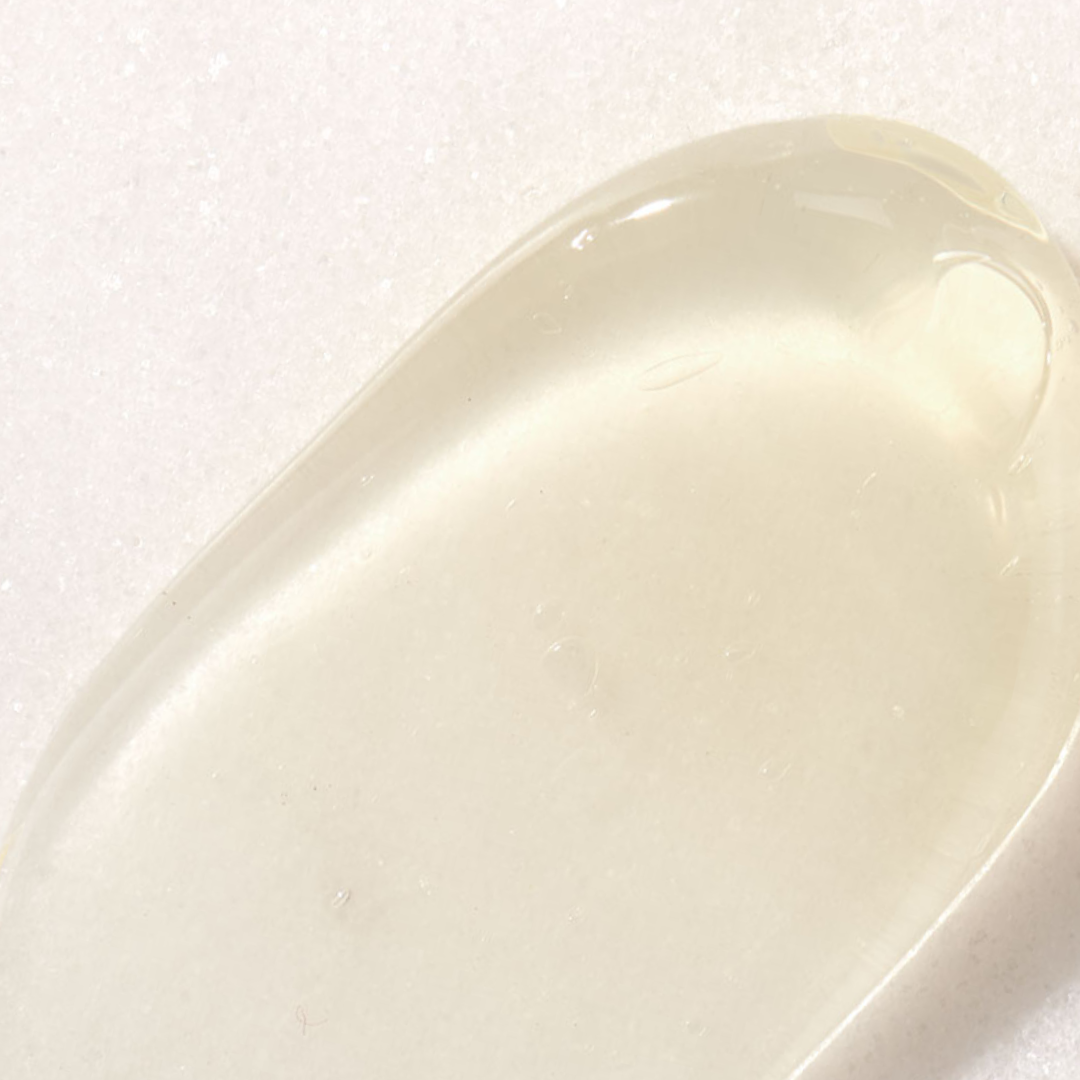When reading the INCI list on products labels, it is common to skim over and ignore ingredients whose names are science-y and hard to pronounce. However, to do so in the case of astaxanthin would be doing yourself and your skin a serious disservice. While many ingredients that fall into this camp are often discovered to be necessary-but-less-exciting supporting ingredients, such as emulsifying agents, texturizing ingredients, and preservatives, astaxanthin deserves top billing when included in formulations, like our Antioxidant Treatment Emulsion. Keep reading to find out why this compound should be on your radar (and in your routine) ...
What is astaxanthin?
Astaxanthin is a potent antioxidant belonging in the carotenoid family. You may be more familiar with some of its more famous siblings, like beta carotene and lycopene, which are widely known to put the “super” in superfoods. While it may be lesser known, Astaxanthin has actually been found to provide the highest antioxidant activity against free radicals when compared with its buzzier carotenoid family members.
In nature, Astaxanthin is mainly found in marine sources, like shrimp, crabs, and salmon and is the compound responsible for giving them their red/orange/pink-ish hues. It is also found in non-animal sources, such as algae and yeasts, which is why Antioxidant Treatment Emulsion is still vegan!
Astaxanthin’s pigment is also what gives Antioxidant Treatment Emulsion its fabulous color. Unlike in a vitamin C product, where an orange hue could indicate that the product has started to degrade, Antioxidant Treatment Emulsion’s vibrant creamsicle-like shade is a testament to its potency!
What can it do for my skin?
Though studies on the benefits of cosmetic application are limited, the studies that have been done have provided evidence that astaxanthin can help to:
- Possibly lighten hyperpigmentation.
- make age spots smaller.
- smooth wrinkles.
- maintain skin moisture (prevent trans epidermal water loss).
Who should (or shouldn’t) be using it?
Almost everyone can use astaxanthin, as it has little-to-no side effects when used topically. Due to its anti-inflammatory properties, it is actually one of the most recommended antioxidants for sensitive skins.
And because I know you are going to ask...
Yes, you can even use it if you’re already using a vitamin C product in your routine. In fact, astaxanthin has been shown to boost the potency of other antioxidants, including vitamin C, when combined or used together!
Whether previously unfamiliar, or possibly skimmed over, I hope that this post demystifies and puts a well-deserved spotlight on the power-house antioxidant, astaxanthin. It is a great ingredient for those of us, like me, who are topically sensitive to vitamin C but are still looking to help even skin tone and resist the effects of oxidative environmental stressors. Used in conjunction with other antioxidants, like niacinamide and resveratrol in our Antioxidant Treatment Emulsion, or paired with vitamin C for those who are able, it is an all-star compound that can provide benefits for almost all skin types!
Xo,
Jordan
Sources
https://www.byrdie.com/astaxanthin-for-skin-4591540#citation-2
https://www.healthline.com/health/health-claims-astaxanthin#skin





